Reflection on Leading Organizations in Culturally Diverse Environments
VerifiedAdded on 2023/03/31
|5
|642
|64
Essay
AI Summary
This essay provides a reflective analysis of leading organizations in culturally diverse settings and uncertain environments, drawing upon insights from lectures, readings, and personal experiences. It emphasizes the importance of understanding organizational culture, which encompasses the values, beliefs, and assumptions that shape employee behavior. The essay highlights Australia's multicultural context and the leadership strategies required to manage cultural differences effectively, such as promoting teamwork, leading by example, and fostering open communication. It also explores models for analyzing cultural and environmental adaptation, including individualism, uncertainty avoidance, and power distance. The conclusion underscores the role of dynamic leadership in navigating diverse and uncertain environments to achieve organizational goals. Desklib is your go-to platform for accessing similar solved assignments and past papers.
1 out of 5
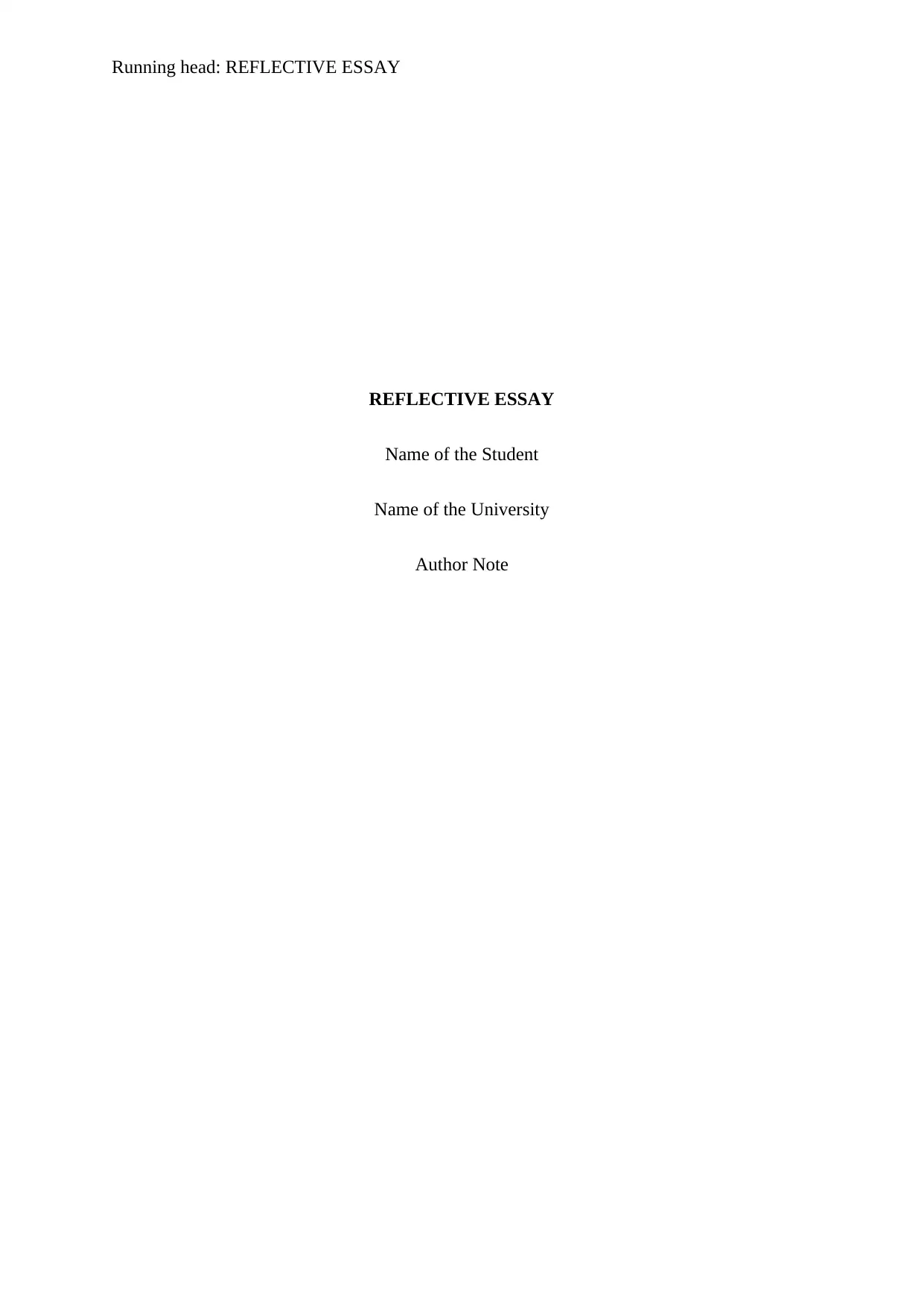
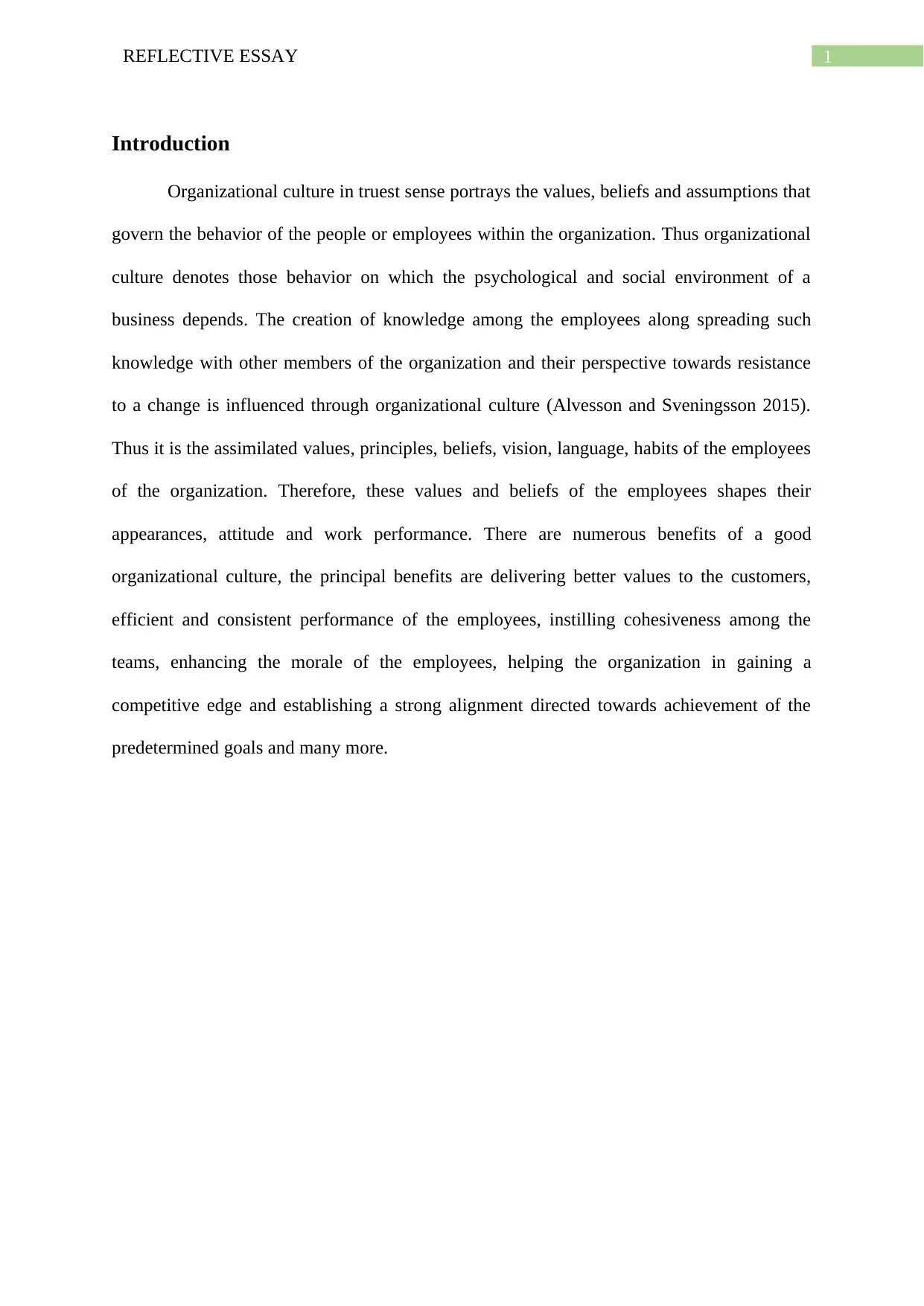
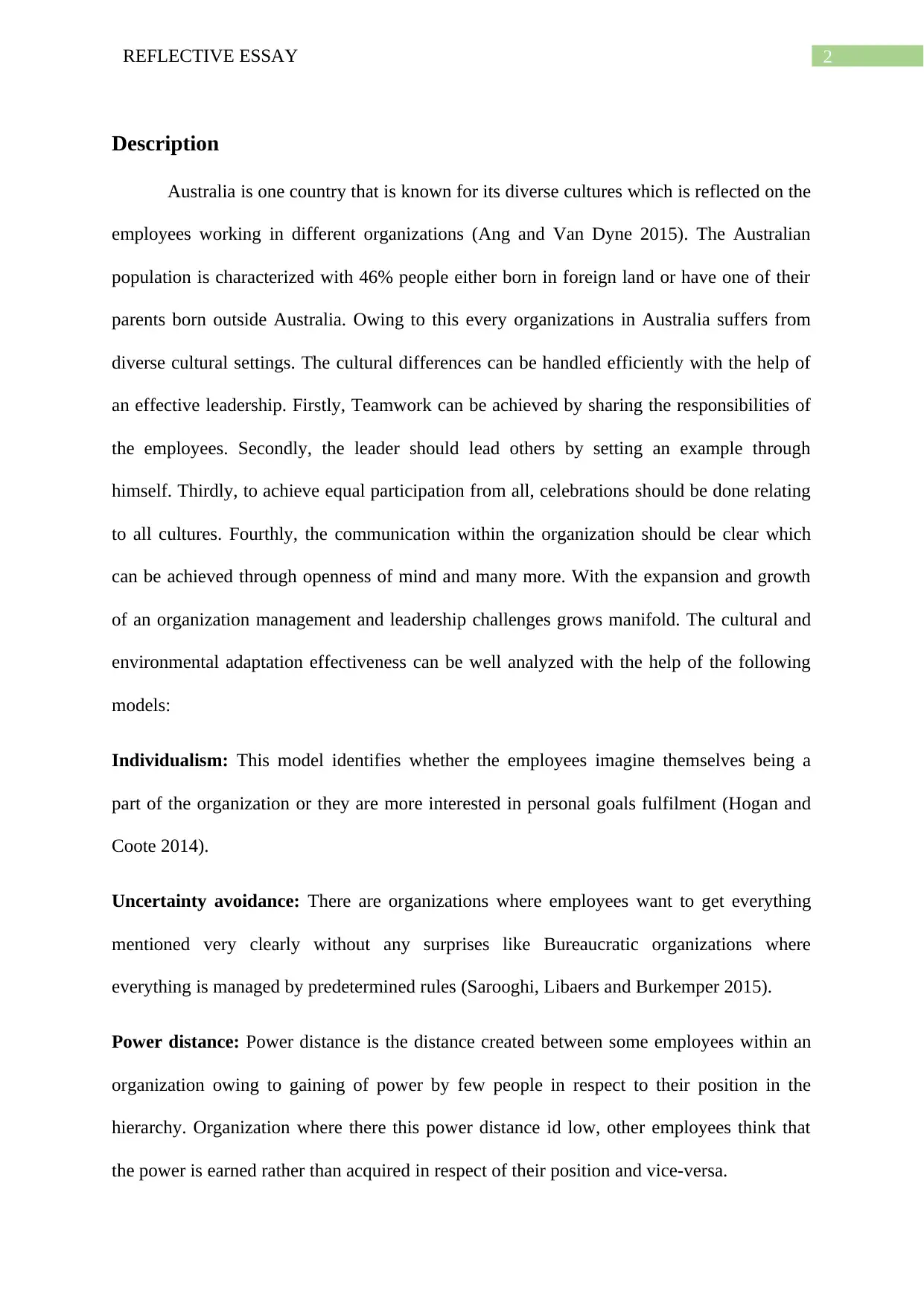

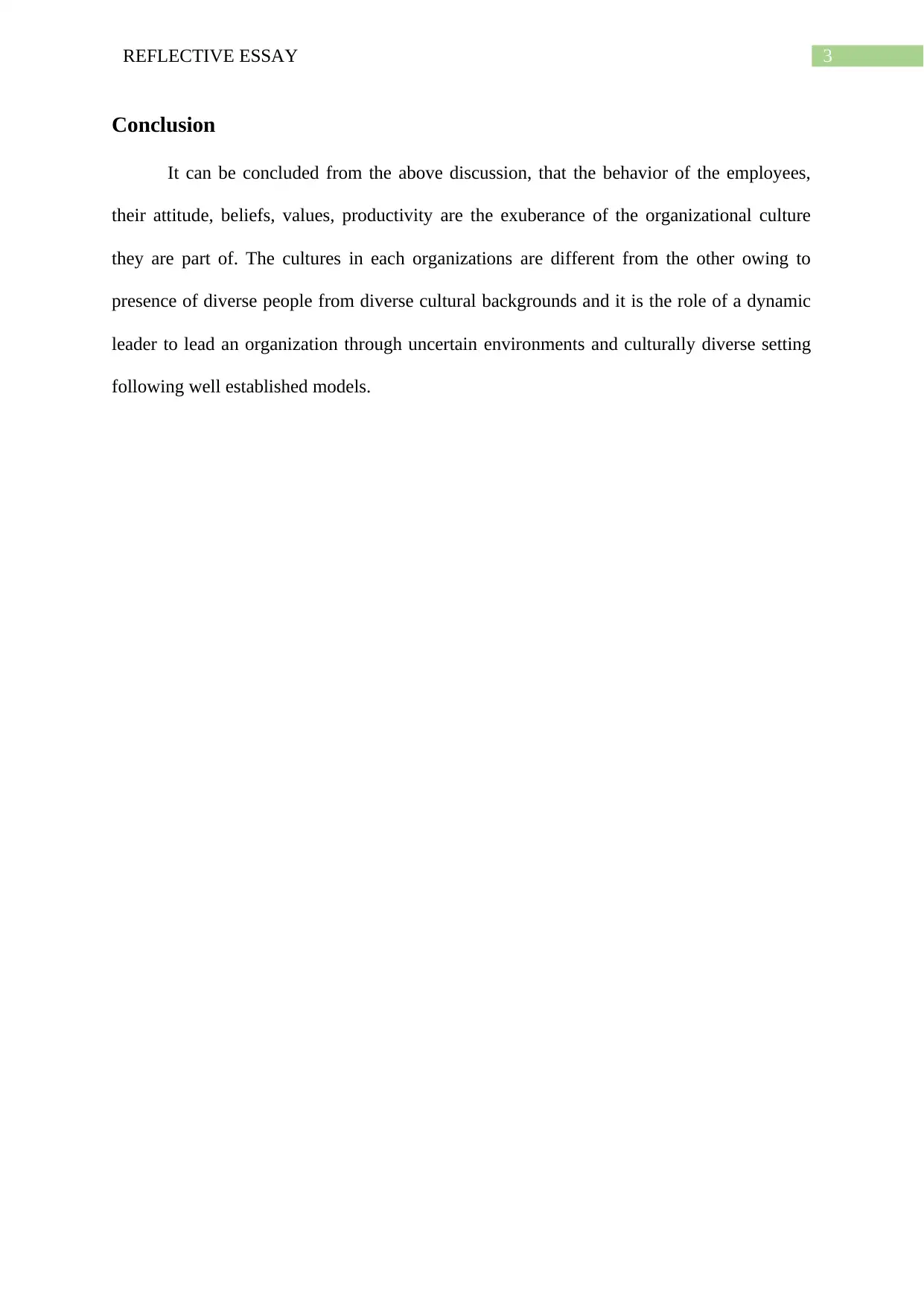
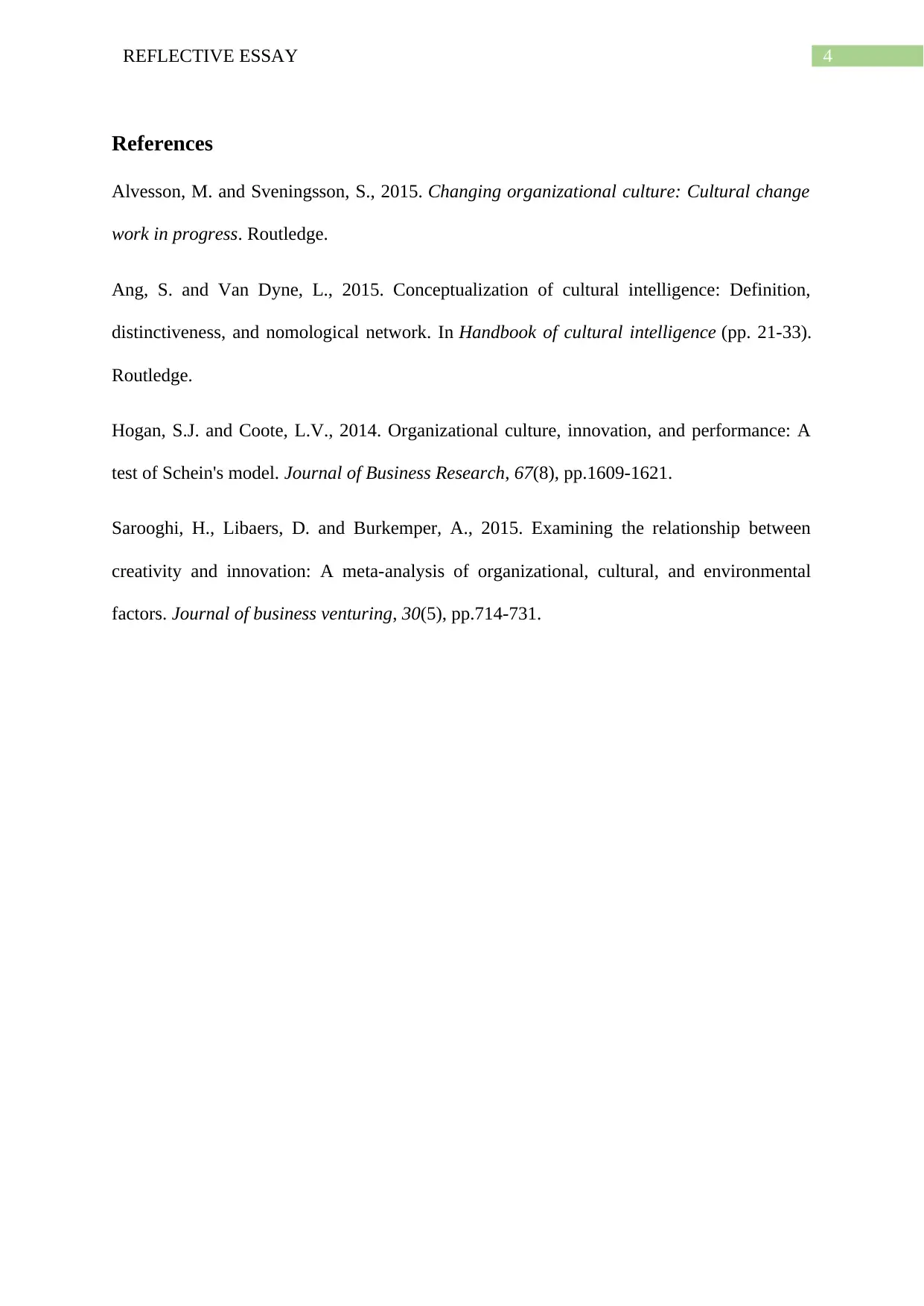






![[object Object]](/_next/static/media/star-bottom.7253800d.svg)